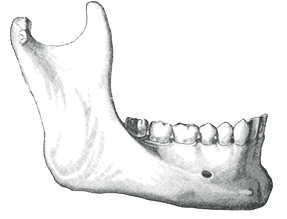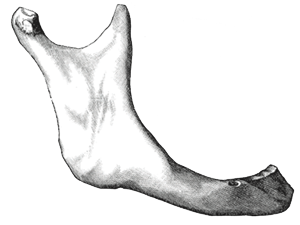Bone Grafting San Diego
A procedure with a name that sounds more complex than the actual procedure, bone grafting is now commonly performed by oral surgeons during the placement of dental implants. During the process of placing dental implants, there may be a need to increase the amount of bone in the patient's jaw. Medical advancements made in bone grafting have made it safer and more effective than even a few years ago. The American Association of Oral and Maxillofacial Surgeons (AAOMS) lists oral and maxillofacial surgeons as the only dental specialists trained to obtain and place bone grafts in areas where little or no bone exists in the oral cavity. This allows dental implants to be placed in areas of the mouth which may lack the amount of bone necessary. Bone grafts are also used to treat bone loss resulting from trauma or injury, periodontal disease or congenital defects.
Oral Surgery Procedures
Who Gets a Bone Graft?
Periodontal disease is considered to be the leading cause of bone loss in the oral cavity, but there are other causes of bone loss including trauma and poorly fitting dentures. According to the American Academy of Periodontology (AAP), procedures that regenerate lost bone and tissue supporting your teeth can reverse some of the damage caused by periodontal disease. Bone grafting is the best option to replace lost bone tissue because it promotes natural growth of the bone in the oral cavity. A consistent and effective technique that can easily be performed in the office, bone grafting, can be used in many different scenarios including:
- Dental implants – A bone graft is often needed when there is not enough bone for a dental implant placement, a key component of creating a beautiful new smile.
- Sinus lift – A technique used to lift the sinus membrane off of the upper jaw so that a dental implant can be placed.
- Repair – a bone graft can help repair damage caused by periodontal disease, trauma, injury, or birth defects and help re-create a normal jaw structure.
- Functional Impairment – A bone graft may be required if a nerve may be impacted by the placement of a dental implant, thus creating symptoms including loss of sensation in the lip and chin.

Side View of the mandible at different preriod of life In the adult.

Side View of the mandible at different preriod of life In the Old age
*Note the extreme bone loss in old age following the loss of teeth*
Bone Grafting – The Procedure:
A common scenario where a bone graft may be beneficial is when a patient wants to replace a lost tooth with an implant, but because the tooth was lost several years ago, there is no longer enough bone to support the dental implant when placed in the oral cavity. In this fairly common situation, a bone graft can be used in place of the lost bone to support the implant. Depending on your specific case, IV sedation and/or local anesthesia may be used during the procedure. Dr. Talebzadeh is a highly trained, board certified oral surgeon with tremendous experience in performing bone grafts.
Following your bone grafting procedure Dr. Talebzadeh will discuss your recovery plan which will include antiobiotic medications, pain medications, and antibacterial mouthwash. It will be important to avoid putting pressure on the area to ensure adequate healing. This may include avoidance of dentures as well as certain hard foods. The bone graft can take up to 9 months to heal, after which time the dental implant can be placed.

